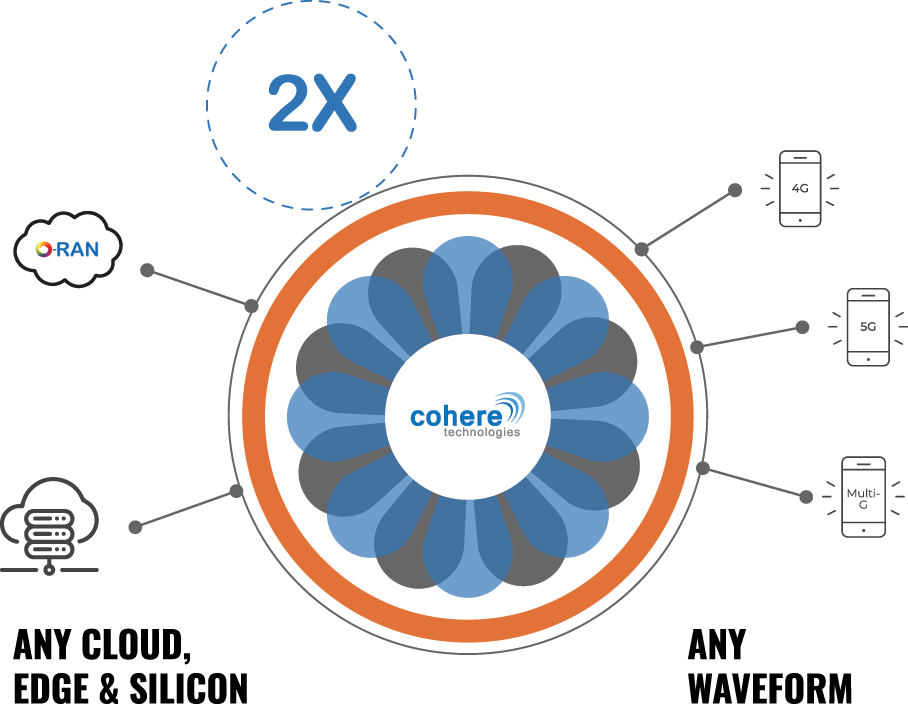Cohere In The News

VIDEO INTERVIEW: COHERE TECHNOLOGIES, USM AND THE PULSONE

MOBILE WORLD LIVE INTERVIEW WITH RAY DOLAN AND JUSTIN SPRINGHAM AT MWC25

AI, NETWORKS AND THE INTELLIGENCE PLANE

WHAT’S UP WITH… DT & GOOGLE, BELL CANADA, NOKIA, COHERE TECHNOLOGIES

BELL CANADA, COHERE TEST SOFTWARE ON BROWNFIELD NETWORK

VODAFONE FAVORITE COHERE MAY FINALLY BE SET TO DISRUPT TELECOM

6G BUST-UPS LOOM AHEAD OF MWC AND 3GPP GATHERINGS

VODAFONE’S MASSIVE NETWORK REFRESH WILL BE A BELLWETHER FOR OPEN RAN

RAYMOND DOLAN UNVEILS HOW 6G WILL TRANSFORM CONNECTIVITY AND INDIA’S ROLE IN EVOLUTION

OPEN RAN XAPPS LOOK STILLBORN
Awards
Press Releases

COHERE TECHNOLOGIES AND BELL CANADA COMPLETE FIRST MAJOR PHASE OF TESTING OF NEW INNOVATIVE SOFTWARE WHICH AIMS TO SIGNIFICANTLY IMPROVE 5G NETWORK CAPACITY AND SUBSCRIBER EXPERIENCE
Bell Canada first to test successful Single User (SU) and Multiple User (MU) MIMO coordinated scheduling functions via open interfaces in 850MHz band Outdoor testing of Universal Spectrum Multiplier (USM) proves that integration of USM software with an existing...

COHERE TECHNOLOGIES TO SPEAK AT MOBILE WORLD CONGRESS, MARCH 3-6 IN BARCELONA, SPAIN
Cohere Will Discuss Integration Options and Commercial Readiness of Universal Spectrum Multiplier and Artificial Intelligence for Cloud RAN SAN JOSE, CA (USA), FEBRUARY 26, 2025 — Cohere Technologies is announcing its plans for Mobile World Congress 2025 (#MWC25),...

Tomorrow’s Mobile Technology
for Today’s Network Challenges

Spatial Multiplexing for Any Generation
Spectrum & Performance Multiplier Effect for Mobile & Wireless Networks
- Cohere is working with partners to help Mobile Network Operators take full advantage of Massive MIMO and Open Cloud Architecture
- …by moving Intelligence to the cloud to drive network performance across well-defined and standard interfaces
- …thus simplifying RAN complexities and economics
















